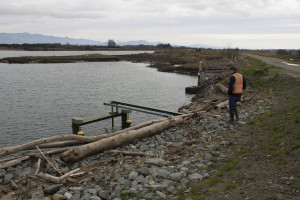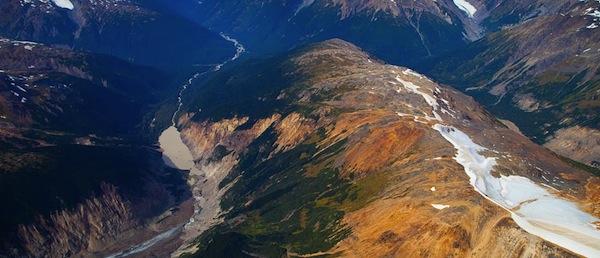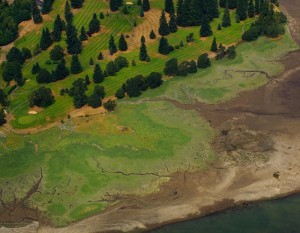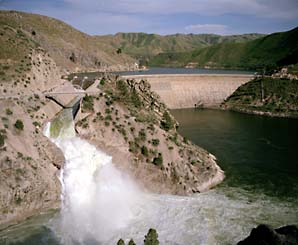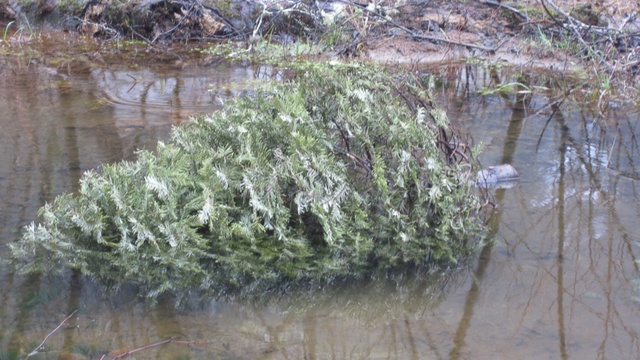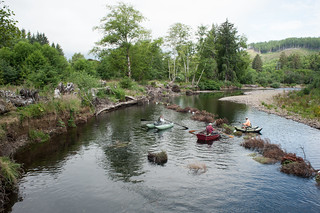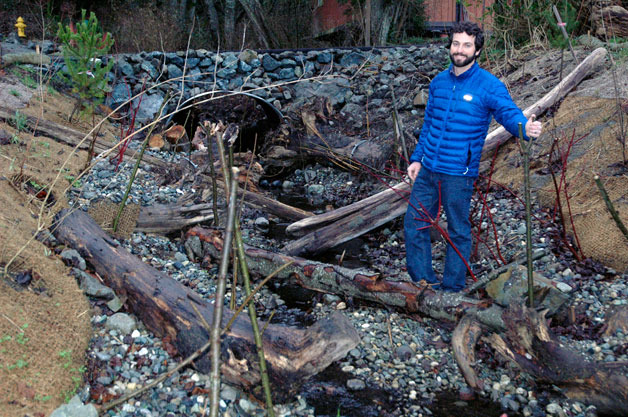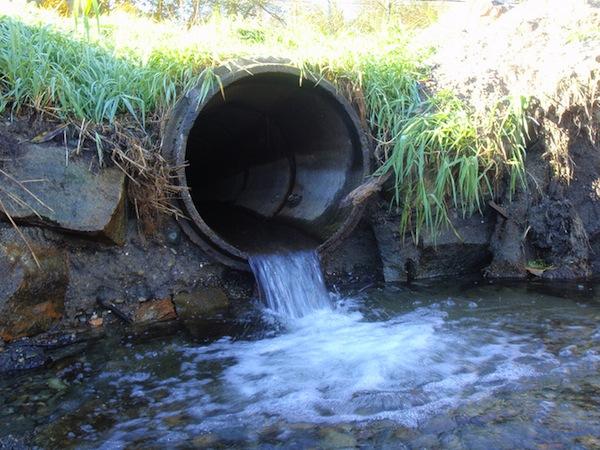By Lorraine Loomis, Chair, Northwest Indian Fisheries Commission
We’ve seen some incredible salmon habitat restoration projects the past few years, but there’s a big difference between restoring habitat and protecting it. We must remember that restoration without protection does not lead us to recovery.
The Elwha River on the Olympic Peninsula continues to heal itself after the largest dam removal effort in U.S. history. Two dams on the river had blocked salmon migration and denied Lower Elwha Klallam Tribe’s treaty fishing rights for more than 100 years.
In another big project, the Tulalip Tribes and partners recently returned tidal flow to the 400-acre Qwuloolt Estuary. The estuary was drained and diked for farming in the early 1900s, blocking access to important salmon habitat.
Both were huge, costly projects that took decades of cooperation to accomplish. Every habitat restoration project – large or small – contributes to salmon recovery. But if we are going to achieve recovery, we must do an equally good job of protecting habitat, and that is not happening.
Treaty Indian tribes are seeking federal leadership to help turn this tide.
Salmon recovery efforts cross many federal, state and local jurisdictions, but it is the federal government that has both the legal and trust responsibility to recover salmon and honor tribal treaty-reserved rights. Through our Treaty Rights at Risk initiative, we are asking the federal government to lead a more coordinated and effective salmon recovery effort.
One way is to ensure that existing federal agency rules and regulations do not conflict with salmon recovery goals.
An example is the U.S. Army Corps of Engineers’ jurisdictional boundary they use for permitting shoreline modifications. The Corps regulates construction of docks and bulkheads in marine waters, and uses a high water mark based on an average of each day’s two high tides to determine its jurisdiction under the Clean Water Act.
But the Clean Water Act specifies the protection boundary should be the single highest point that an incoming tide can reach.
In Puget Sound, the Corps’ boundary is 1.5 to 2.5 feet below the highest tide. When you apply that to 2,000 miles tidelands, a large portion of important nearshore habitat is left unprotected.
That needs to change. We need to be protecting more habitat, not less.
Another example is agricultural easements issued by the federal Natural Resources Conservation Service that can block salmon habitat restoration efforts.
Federally funded agricultural easements pay landowners to lock in agricultural land uses permanently, regardless of whether those areas historically provided salmon habitat and need to be restored to support recovery.
The federal government needs to change the program to ensure agricultural easements do not restrict habitat restoration and other salmon recovery efforts.
These are just a couple of examples of how federal actions can conflict with salmon recovery goals to slow and sometimes stall our progress.
We know that habitat is the key to salmon recovery. That’s why we focus so much of our effort on restoring and protecting it. Many amazing restoration projects are being accomplished, but the more challenging task of protecting that habitat is falling short.
We must do everything we can to protect our remaining habitat as we work to restore even more. One way to do that is to harmonize federal actions and make certain they contribute effectively to recovering salmon, recognizing tribal treaty rights and protecting natural resources for everyone.

